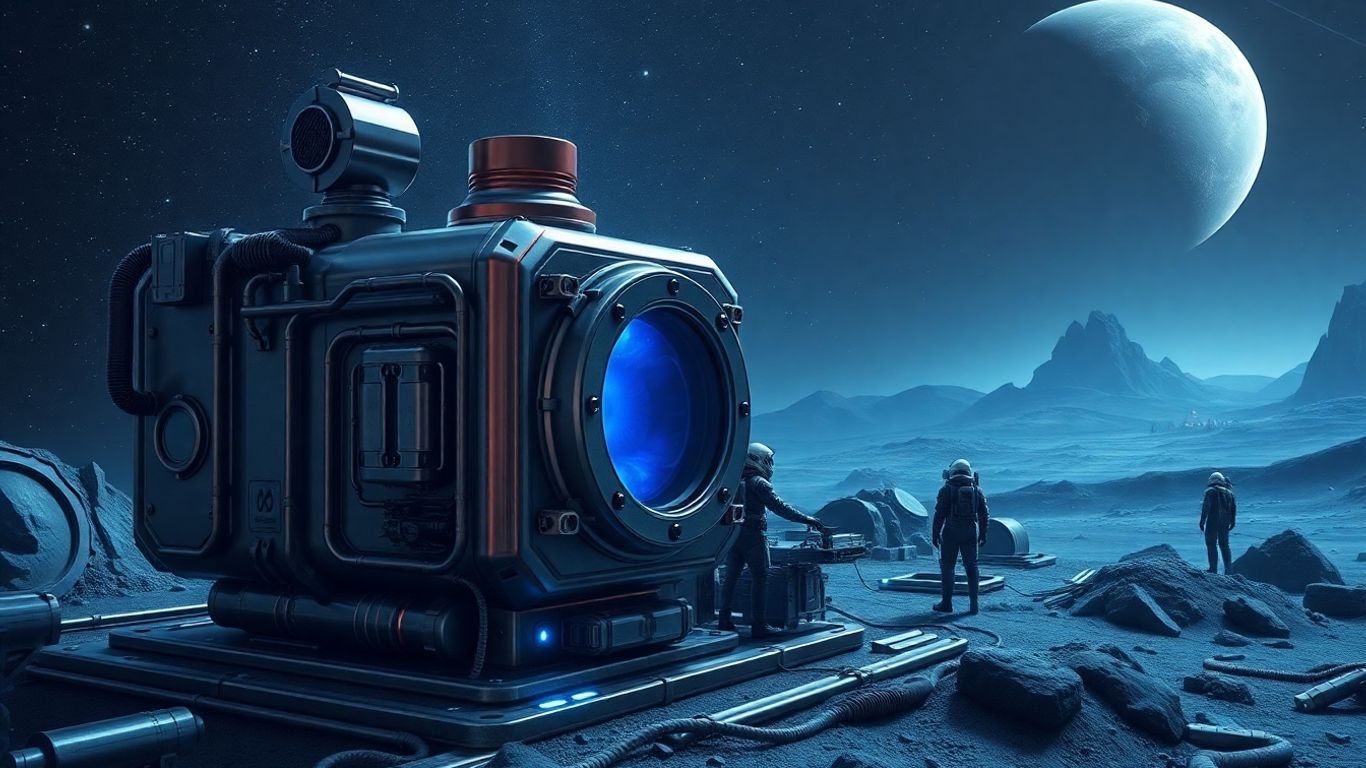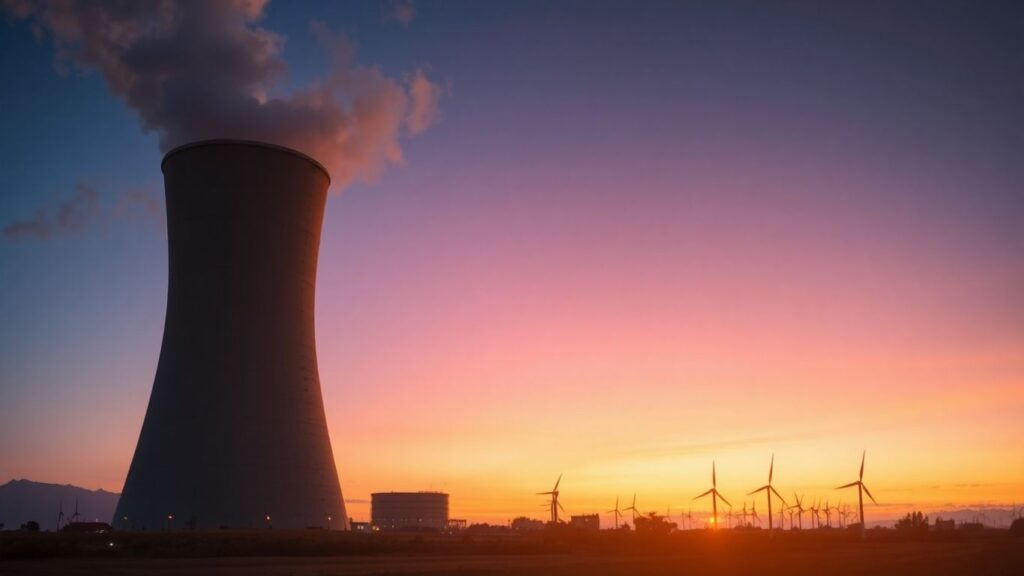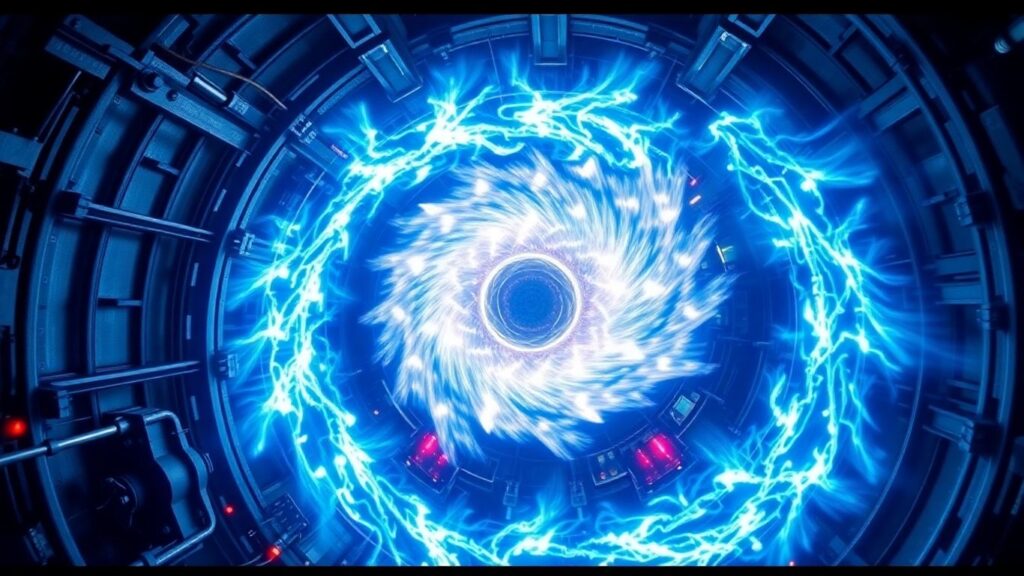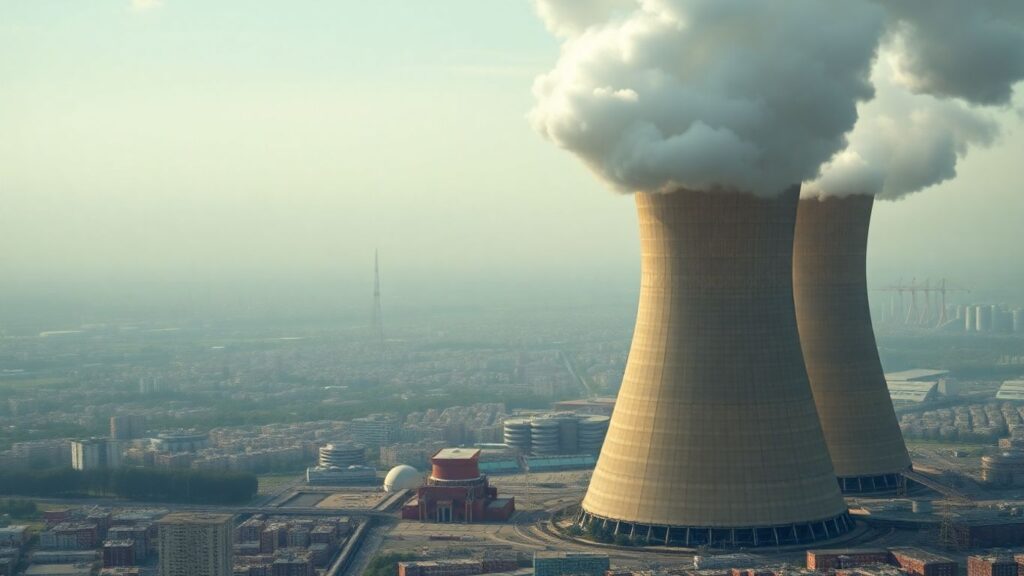Small, factory-built nuclear reactors—also known as microreactors—are poised to transform how space missions and remote mining operations get their power. Recent advancements bring these compact power sources closer to deployment on the Moon, Mars, and in isolated locations on Earth.
Key Takeaways
- Microreactors offer reliable, carbon-free power for harsh or remote environments.
- They are central to future lunar and planetary bases, filling crucial gaps left by solar and diesel power.
- Mining industries in remote areas benefit from cost stability and electrification using microreactors.
- Industry heavyweights such as Rolls-Royce are developing scalable, robust designs.
Lunar Bases and Space Exploration
Exploring or settling the Moon—and, eventually, Mars—requires consistent, robust energy. Unlike Earth, the Moon experiences two-week intervals of daylight and darkness, making traditional solar power unreliable. Temperatures can plummet to -130°C during the lunar night, risking vital systems if energy sources fail.
Relying on fossil fuel generators is not feasible due to immense transportation costs and logistical challenges. Sophisticated microreactors, capable of autonomous operation for over a decade, are being designed for this environment. These compact power plants—approximately the size of a family car—use advanced nuclear fuels such as encapsulated uranium particles, which withstand extreme conditions and maintain safety. Prototypes from leading companies and agencies, including Rolls-Royce and NASA-backed consortia, aim for demonstration missions within the decade.
Powering The Next Generation Of Mining
On Earth, many mining operations are situated in remote and harsh environments, where electricity costs can be six to ten times higher than in urban areas. Traditional diesel generators are expensive, logistically challenging, and contribute significantly to greenhouse gas emissions.
Microreactors present a promising alternative. They can operate off-grid with high reliability, power both electrical and heating systems, and enhance mining efficiency. Electrification of equipment, made possible by stable power from microreactors, reduces ventilation needs and improves worker conditions. Additionally, these reactors can be relocated as mines open or close, increasing flexibility for transient operations.
Cost, Scalability, And Environmental Impact
Although the initial capital outlay for microreactors is significant, ongoing operational costs for fuel and maintenance are projected to be much lower than for diesel. Regulatory policies and new tax incentives—such as those found in recent U.S. federal legislation—offer further economic incentives for adopting clean nuclear technologies, particularly in industries supplying materials for the clean energy transition.
Modular reactor setups allow for scalability, matching the power supply to the evolving needs of lunar bases or expanding mining sites. Their development is also expected to spill over into other fields, including disaster relief and advanced medical applications, further underscoring their versatility and importance in a carbon-constrained world.
Looking Ahead
The drive to demonstrate microreactor technology over the next few years could lead to a pivotal shift in how humanity powers its presence on other worlds and in the planet’s most challenging environments. Success could pave the way not only for sustained lunar and Martian operations but also for cleaner, more efficient industries on Earth.
References
- The nuclear reactors that could power bases on the Moon, BBC.
- Future of mining is microreactors: Idaho National Laboratory sees big benefits, Idaho National Laboratory (.gov).
- Rolls-Royce goes nuclear: Unveils 1st micro-reactor for space propulsion and mining, The Times of India.
- Client Challenge, Financial Times.












